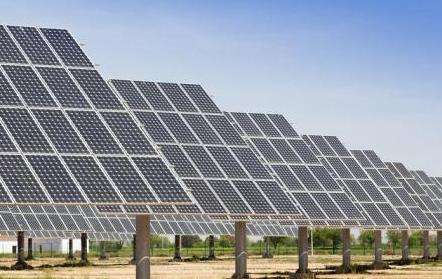The working principle of thermal power generators is factory energy conversion which uses coal, oil and natural gas as fuel to produce electrical energy.
In the generator, clean air is filtered by the air filter and high pressure atomized diesel is injected from the injector. The two gases are fully mixed in the cylinder and the piston moves. The movement compresses the mixed gas, causing the volume to decrease and the temperature to increase.
Once the temperature reaches a certain temperature, the diesel ignites and the gas mixture burns violently, causing the volume to expand, thus pushing the piston down. The diesel engine uses this principle to operate the generator and convert diesel energy into electrical energy.
Presentation of the thermal power plant:
Thermal power plant A thermal power plant, called a thermal power plant, is a plant that uses combustible materials (such as coal) as fuel to produce electricity. Its basic production process is as follows: When fuel is burned, water is heated to generate steam, which converts the chemical energy of the fuel into thermal energy. The steam pressure causes the steam turbine to rotate and the thermal energy is converted into mechanical energy. Then the steam turbine drives the generator to rotate, converting the mechanical energy into electrical energy.
The main engine is usually a steam engine or gas turbine. In some smaller power plants, an internal combustion engine may also be used. They all produce electricity using the pressure drop in the process of converting steam or gas at high temperatures and highyou pressure via a turbine in low pressure air or condensed water.














